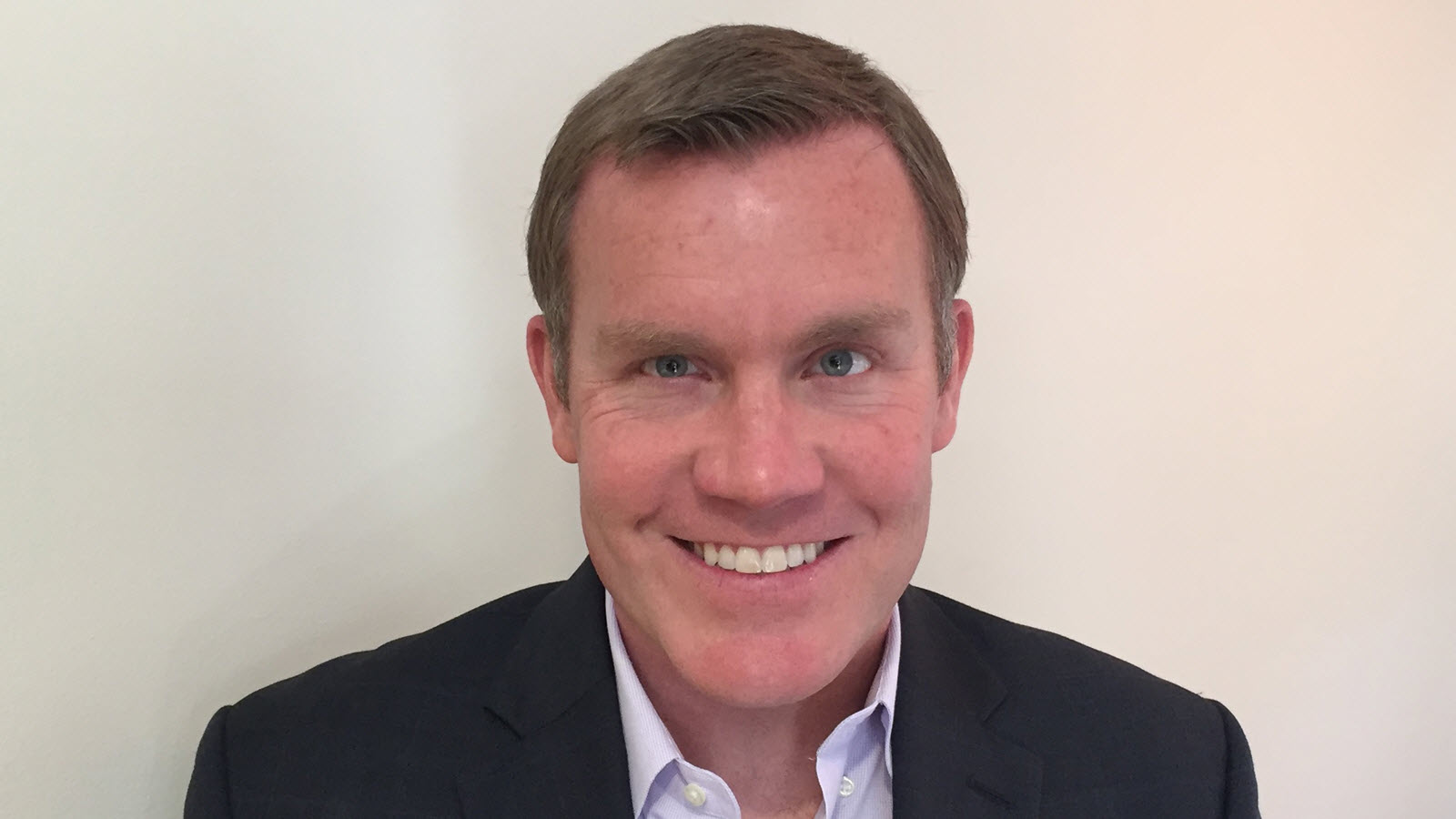The Costs and Benefits of Digital Disruption
Cable MSOs sit in one of the more disrupted spots in the communications industry. By disrupted, we mean the easily changeable nature of customer loyalty, as consumers react to a less-than-perfect experience and the growing influence of other communications entities trying to acquire those customers.

Consumers these days are increasingly willing to cut the cord and migrate to less-expensive streaming alternatives such as Roku, Google Chromecast and Apple TV. Leichtman Research Group data shows the clear reason why. An annual survey of TV households shows the average cable bill rose about 39% from 2011 to 2015, which is almost eight times the rate of inflation. The most recent cable bill average is now over $103 per month, with zero chance of that price remaining flat going into the next year.
Threats on Multiple Fronts
Bill sticker shock notwithstanding, cable providers must now face the new challenge of the eventual introduction of 5G networks delivering Gigabit performance, new fixed wireless access options and yet another unique ability to create a bundled offering that displaces the cable provider completely. Can you blame a customer with a high bill for looking at other options, especially from companies that can bundle services together just as well?
Cable MSOs have thus been forced to reshape their businesses, with much of that coming in the form of a complete digital transformation of infrastructure, and processes that help meet the expectations of consumers and business customers. Today’s cable networks have brought broadband access to households that now have become accustomed to HD and 4K video services and internet speeds of 100 Megabits per second-plus. Over the next few years, we can expect further digital transformation in the form of hybrid networks that provide higher capacity, less risk of delay or latency, lower power consumption and hopefully the ability to satisfy the end users’ demand for service at a price point that doesn’t increase the rate of cord-cutting.
With demand for internet bandwidth continuing to grow at more than 20% per year thanks to video streaming, enterprise cloud computing, big data, social media and mobile data delivery, meeting these demands must be cost-efficient, energy-efficient and reliable.
As we watch top-tier cable providers invest in fiber-to-the-home deployments, cable’s traditional fiber-coaxial networks will still provide the anchor points for service evolution and transformation, and will still have the capability to roll out new services, as ongoing investment has already been able to deliver more bandwidth.
Ongoing investments in the Converged Cable Access Platform (CCAP) and DOCSIS 3.1 have benefited the customer, with bandwidth performance metrics showing upwards of 10 Gbps downstream and 1 Gbps upstream. The embrace of CCAP has the transformative effect of increasing business agility, forging a smaller footprint, and creating lower power consumption and more IP video capability, giving the user more capabilities and enhanced security — all of which should help reduce total cost of ownership as a whole.
As SDN/NFV (software-defined networking/network functions virtualization) becomes a greater influence on the cable provider, one cannot discount the existing expectations and needs for what will be a hybrid network environment in the short to medium term. Cable providers will thus have physical and virtual functionality evolving in parallel. This, along with investments in remote PHY, which supports both FTTx (fiber to the x) and SDN/NFV initiatives, all contribute to the digital transformation around an IP network between the core and the node. The move to a virtualized, software-based architecture can help deliver network optimization, increase agility and create new opportunities for MSOs. However, any cable operator planning to reap the benefits from NFV and SDN must shift its focus from technology to business, and ensure all business support systems are up to the task. As a wise man once said, if you can’t bill for it, it’s a charity.
Virtualization Hits Home
Network-level virtualization will also transfer to the home, as we already see services move from a physical set-top box environment to an eventual virtual one. The $400-plus set-top box with a hard drive is set to be replaced by a cloud-based DVR that sources not just content, but applications such as program guides and DVR as cloud-based functions.
Cable MSOs will no longer be limited by the functionality of a dedicated set-top box and will make gains from much faster time to market for new products and services offered both from within and outside the cable provider. How about that customer call requiring a $100-plus truck roll to correct an issue that may or may not exist? It can likely be mitigated by a remote software update. What about replacing that $400 set-top box every three years or so? Virtual CPE means a $50 dumb box in the home can extract value from the cloud and be easily updated and configured on the fly and extends the life of home-based equipment. Analytics can also now be embedded in the cloud for easier data management and decision-making.
Can we calculate a long-term price for all of this digital transformation? For the cable provider, it means more innovation, faster delivery of new digital services and a much “stickier” service environment to demonstrate to the customer that all this innovation is actually worth paying for. That translates to retention.
And let’s face it: If cable bills aren’t going down any time soon, creating a product and service advantage will be a paramount requirement for the industry in the coming years.
Paul Hughes is director of strategy at Netcracker Technology.
Multichannel Newsletter
The smarter way to stay on top of the multichannel video marketplace. Sign up below.
